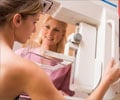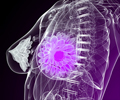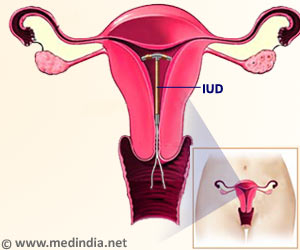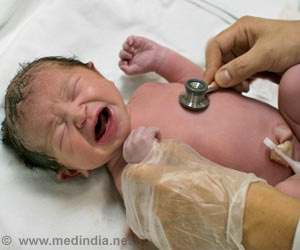Research on breast cancer and its related topics is being presented as a series of weekly tip shets by experts at Fred Hutchinson Cancer Research Center and the Seattle Cancer Care Alliance.

1. If you are over 40, get a mammogram. Early detection of breast cancer offers the best chance for a cure. The Seattle Cancer Care Alliance supports the American Cancer Society's recommendation that women begin annual mammography screening at age 40.
2. Where you go matters - choose a mammography expert. Many studies show that doctors who specialize in mammography are more accurate at interpreting the images when compared to physicians with less experience. Get your mammogram read by a doctor who specializes in reading them. The American College of Radiology offers an online search for accredited facilities and "Breast Imaging Centers of Excellence" such as the Seattle Cancer Care Alliance.
3. Go digital. Centers that specialize in digital mammography are best for women with dense breast tissue and for women under age 50. Digital scans can do a better job of detecting cancer in these women than traditional film mammography.
4. Don't put off screening because of discomfort. A mammogram should never be painful. Fear that the exam will be uncomfortable is one reason women put off scheduling a mammogram. To reduce discomfort, try to schedule the exam after your monthly period, when breast tissue is less sensitive. You may benefit by taking an over-the-counter anti-inflammatory such as ibuprofen or acetaminophen before your mammogram. Above all, tell the mammography technologist about any discomfort you may be experiencing. They can work with you to make the experience more comfortable.
5. Don't put off screening because of fear. Most abnormalities found after a mammogram are not cancer. However, in some cases you may be called back for more tests, such as additional mammography or ultrasound screening, to confirm that the area on the screening mammogram is normal. That's why you may be asked to return for a follow-up exam.
Advertisement
7. Know how your breasts feel normally. Your health care provider can show you how to do breast self-exam. If you notice a change in your breasts, such as a lump or swelling, skin irritation or dimpling, talk to your health care provider.
9. Know your risk. If you have family members who have had breast cancer, especially a mother or sister, and if they had breast cancer before reaching menopause, tell your doctor, as your own risk of cancer may be higher than average. Some women at high risk may be recommended for annual MRI in addition to a screening mammogram.
10. Try an online risk calculator. The Breast Cancer Risk Assessment Tool, designed by the National Cancer Institute, is a questionnaire to help women determine their chances of developing invasive breast cancer. You can find it on the Seattle Cancer Care Alliance website at.
Source-ANI















